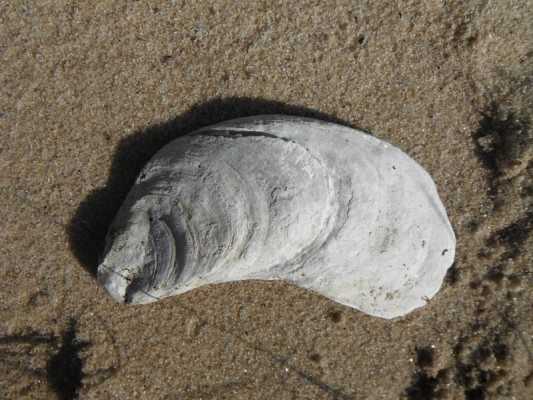
It’s hard to believe but we were already making plans to lay down our second year’s vintage of oyster seed in the York River. The decisions we had to make were 1) should we plant at all, 2) if we decide to proceed, when should we put the oysters in the water, and 3) how much should we plant? This all had to be resolved within 6 months of starting our oyster farming endeavor. We weighed pros and cons and debated the various options. After some thought, we decided we were in too deep to turn back so we pushed forward full steam ahead. This resulted in a plan to 1) increase the amount of seed fivefold compared to what we planted the first year and 2) place the new oysters in the water as soon as we could receive the seed.
So after making our plans just after New Year’s, we started getting everything ready and awaited the call advising us that our oysters were ready. When the phone finally rang in May, I made immediate arrangements to pick them up. Planting the first batch of oysters of the season is always a combination of excitement and anxiety. I had learned in the first year quite a lot about what not to do. Oyster seed is vulnerable, and when you don’t have every detail figured out in advance, you lose a lot of oysters. This year we intended to learn from our first year’s mistakes. We wanted to have everything planned as best we could to minimize the time the oysters spent out of the water when it came time to plant and work the cages. Secondly, we decided to put oysters in the best locations to avoid sinking in the heavily silted areas.
I am happy to say that this year’s planting went much more smoothly than the first. First of all, I already had the proper equipment to transport the oysters. Second, I had all the preparations made at the oyster lease grounds to get them in the water without hesitation. Third, I knew what to expect. Fourth, Mother Nature cooperated, as I wasn’t planting in 105+degree temperatures this year and could hopefully avoid heat stroke. In fact, I managed to get all the oysters in the water before lunchtime the day of planting. Ironically after finishing the plant, I wondered what I was going to do for the rest of the day. This was a far cry from the first year. In fact, it was a little anti-climatic. No herculean efforts were required this time. Ho-hum, this year was easy.
Like most things in life, repetition fosters improvement. We had seen exponential gains in efficiency from the first to second year. Now we just needed Mother Nature to do its work. Preferably we would have less rain and higher salinity levels so the oysters would grow faster. Last year had been a year of significant rain, low salinity levels, and Hurricane Irene. Overall, it was not a very good year to start an oyster farm given the natural elements. What would our second vintage bring? Time will tell.

